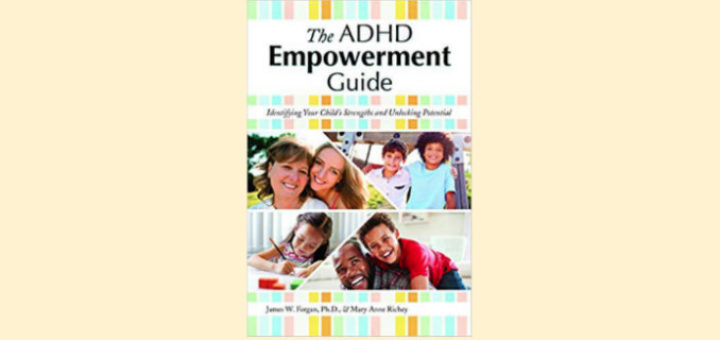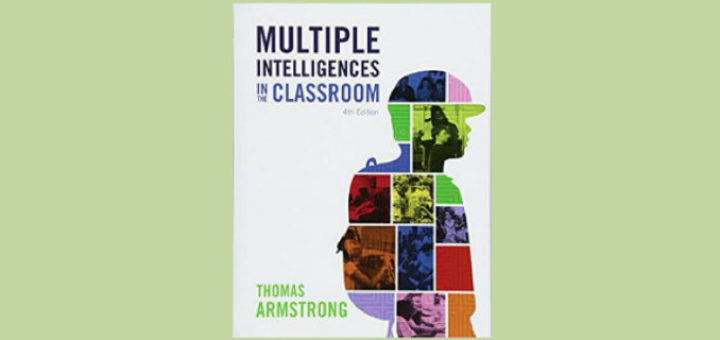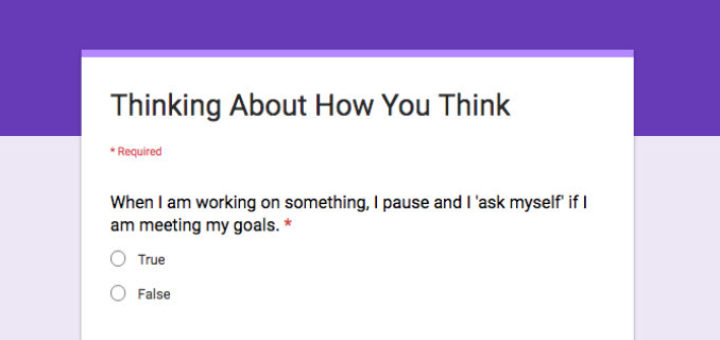Tagged: multiple intelligences
Having the ability to choose our own focus makes people, on average, five times more committed to the outcome. The classroom implications are clear, says teaching consultant Barbara Blackburn. “If students are more invested in their work, they are more likely to learn.”
Educator Joanne Bell was attracted to The ADHD Empowerment Guide because the authors focus on students’ strengths and potential – not just problems and comorbidities. The resource-filled book details how an analysis of strengths can be used to help kids facing ADHD challenges.
Teachers will find everything they need to implement the theory of multiple intelligences in Thomas Armstrong’s book, writes teacher Michelle Voelker. Armstrong addresses MI criticism and provides easy changes that can be made by teachers who want to decide for themselves.
Stressing learning styles and multiple intelligences has limited value in understanding what kids *need* to learn, says award winning teacher Dr. Curtis Chandler. He suggests strategies that emphasize a systematic focus on readiness and thinking metacognitively.
Students’ success in making connections – whether listening, writing, or linking ideas with bits of yarn – is essential to learning. Mary Tarashuk sees those connections in her 4th graders’ notebooks and in their eyes. But can PARCC prompts capture them?
In an inviting style, Nicki Newton fully explains how to effectively engage grades 4-5 students in small-group math workshops, says reviewer Alex Valencic.














